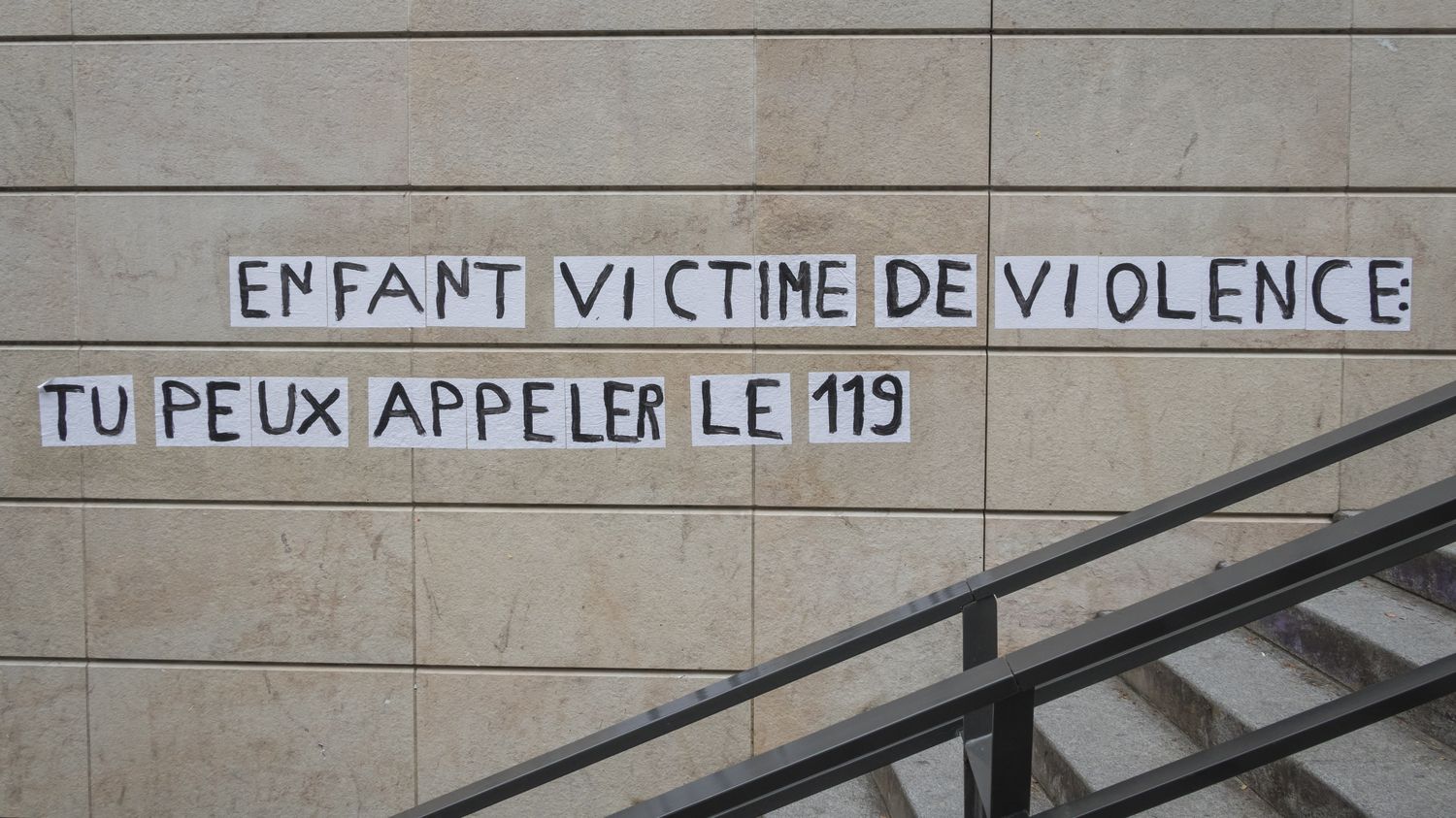At the beginning of July, several tragedies brought vicarious violence back to the forefront. This violence is carried out by fathers or stepfathers on children in order to reach mothers by proxy.
Published
Update
Reading time: 5 min

They are called vicarious violence, or domestic violence by proxy. At the beginning of July, with the death of Célya, 6 years old, the girl’s stepfather being the main suspect, or this tragedy where a father threw his two children aged 2 and 5 out of a window, before throwing himself into the void, this type of violence has returned to the forefront. It actually involves a spouse who, no longer able to reach his partner, often after a separation, attacks his children. Little known, this violence is nevertheless a frequent component of domestic violence. According to a study by the Ministry of the Interior in 2022, 12 children were killed as part of domestic violence, including four without either member of the couple also being a victim.
Violence by proxy
“The word ‘vicarious violence’ comes from the term ‘vicarious trauma'”explains Hauteclair Dessertine, assistant secretary and “Women in Danger” representative of the National Union of Families of Femicides (UNFF). This concept, defined by psychologists in the 1990s, refers to the trauma that therapists, social workers or caregivers can feel when listening to the people they support: trauma by proxy, therefore.
The word vicariant actually comes from the Latin “vicarius”, which means “replacement”. “A A partner who abuses a child wants to harm the mother through himdevelops Hauteclair Dessertine. We know very well that we do not recover from the death of a child and even less in these conditions, when we know that the child was killed because the father wanted to reach the mother. It is a kind of psychological killing.”
Physical but also psychological violence
In the most serious cases, vicarious violence can go as far as incest or infanticide. But it can also take other forms, particularly psychological. “The child is transformed into an object of blackmail”says Hauteclair Dessertine. In these situations, according to associations and psychologists, the sharing of parental authority after a separation is a privileged ground for vicarious violence. “For example, a father who never brings his children home on time when he has custody of them, in order to cause anxiety in the mother, or a father who very often calls the mother, under the pretext of joint parental authority, to find out what she is doing and where she is.”
The goal of the partner who acts in this way is to continue to exercise control over the mother, as is the case in situations of domestic violence.”This is what is called ‘coercive control’, that is to say, restricting the actions of others, depriving them of their freedom by techniques such as, in domestic violence, geolocating one’s partner, preventing her from going out or doing certain activities, forbidding her from working so that she does not have financial independence, cutting her off from her loved ones, etc.”
Vicarious violence against children therefore occurs most of the time as an extension of classic domestic violence.
The question of joint parental authority
This is why many associations are calling for parental authority not to be granted to violent spouses, including in cases of psychological harm. “Today, magistrates are not well trained in vicarious violenceregrets Hauteclair Dessertine. Justice still works too much in silos, civil and criminal law do not communicate enough. We say that we must protect the child to protect the mother. So as soon as there has been domestic violence, we must limit or even remove parental authority.”
“In France, in 2024, there are fathers in prison for having murdered the mother of their children who still exercise their parental authority. We are asking for the withdrawal of parental authority to be systematized in the event of homicide against a spouse.”
Hauteclaire Dessertine, assistant secretary and “Women in Danger” representative of the UNFFfranceinfo
To combat vicarious violence such as domestic violence, there are tools in France: the serious danger telephone or the anti-rapprochement bracelet for example. Since June 2024, a law has also allowed law enforcement to contact the prosecutor to issue an immediate protection order, within 24 hours instead of six days, in the event of extreme violence by a spouse.
But according to Hauteclair Dessertine, these tools “are not used enough because they are too complicated to apply.” To obtain an immediate protective order, for example, “There has to be a complaint and it has to be unfiled, but we know that in France the filing rate is enormous. And then, the courts and magistrates are overwhelmed so everything is very slow.”
The example of Spain, at the forefront of the fight against vicarious violence
In Europe, Spain is at the forefront of the fight against vicarious violence and, more generally, against domestic violence. Hauteclair Dessertine mentions in particular the tool VioGen, “an algorithm that allows the danger to be assessed in real time. All the actors who gravitate around the woman who is a victim of violence can question or provide information to the algorithm: social worker, doctor, police officers, magistrates, etc. The higher the danger, the more the woman and her children, if any, benefit from protection, particularly from the police. We could draw inspiration from what is being done in Spain, but for that we need human and financial resources.”
Finally, fighting against vicarious violence also means talking about it because it is largely unknown in France. “The more we explain what it is, the more we can protect ourselves from it.says Hauteclair Dessertine. The more victims or witnesses of this violence can recognise it, the more they will be able to report it. We cannot fight against something we do not know about.”
